The French and Indian War was known as the Seven Years' War in Europe. It was a global war, but the portion that took place in Colonial America is known as the French and Indian War.
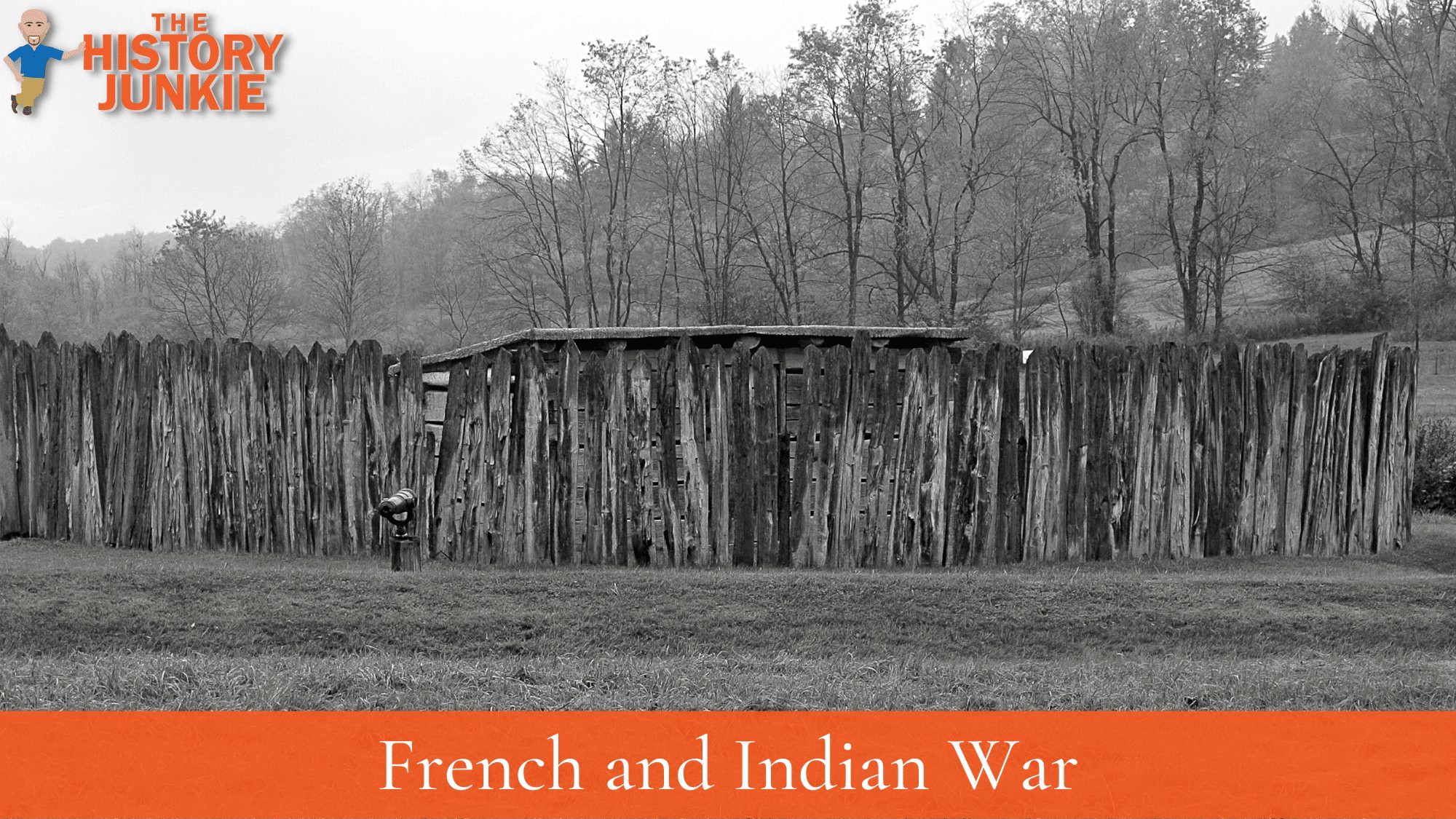
This would be the first time we would hear the name George Washington in our history books. This is because he would serve in the British Army as a young man still seeking his place in America.
The war would establish England as the dominant power in the world.
Jump to:
- Common Questions
- 1. George Washington Started The War
- 2. The Braddock Expedition Was A Complete Failure
- 3. Benjamin Franklin Created The Join Or Die Cartoon
- 4. The French Adopted A Guerilla Style From The Indians
- 5. The British Had An Inherited Advantage Over The French
- 6. The Siege Of Fort William Henry Was A Turning Point
- 7. The Battle of Quebec Ended The War
- 8. The French and Indian War Would Cause The American Revolution
Common Questions
Who Fought In The French and Indian War?
France and England were the primary countries that fought in the war. The Native Americans, American Colonists, and Spain also fought in the war.
What Was The Reason For The French and Indian War?
Economical and Territorial Expansion. The war began over disputes of who claimed the Ohio Valley and would eventually grow to become a global conflict.
Who Won The French and Indian War?
The English defeated the French and took control of North America
How Long Did The French and Indian War Last?
May 28, 1754 - February 10, 1763
Why Did The Indians Help The French?
Some did not and sided with the English, but most did side with the French. This was due to how the French treated them and interacted with them. France traded with them, and the Indians taught the French how to live off the land.
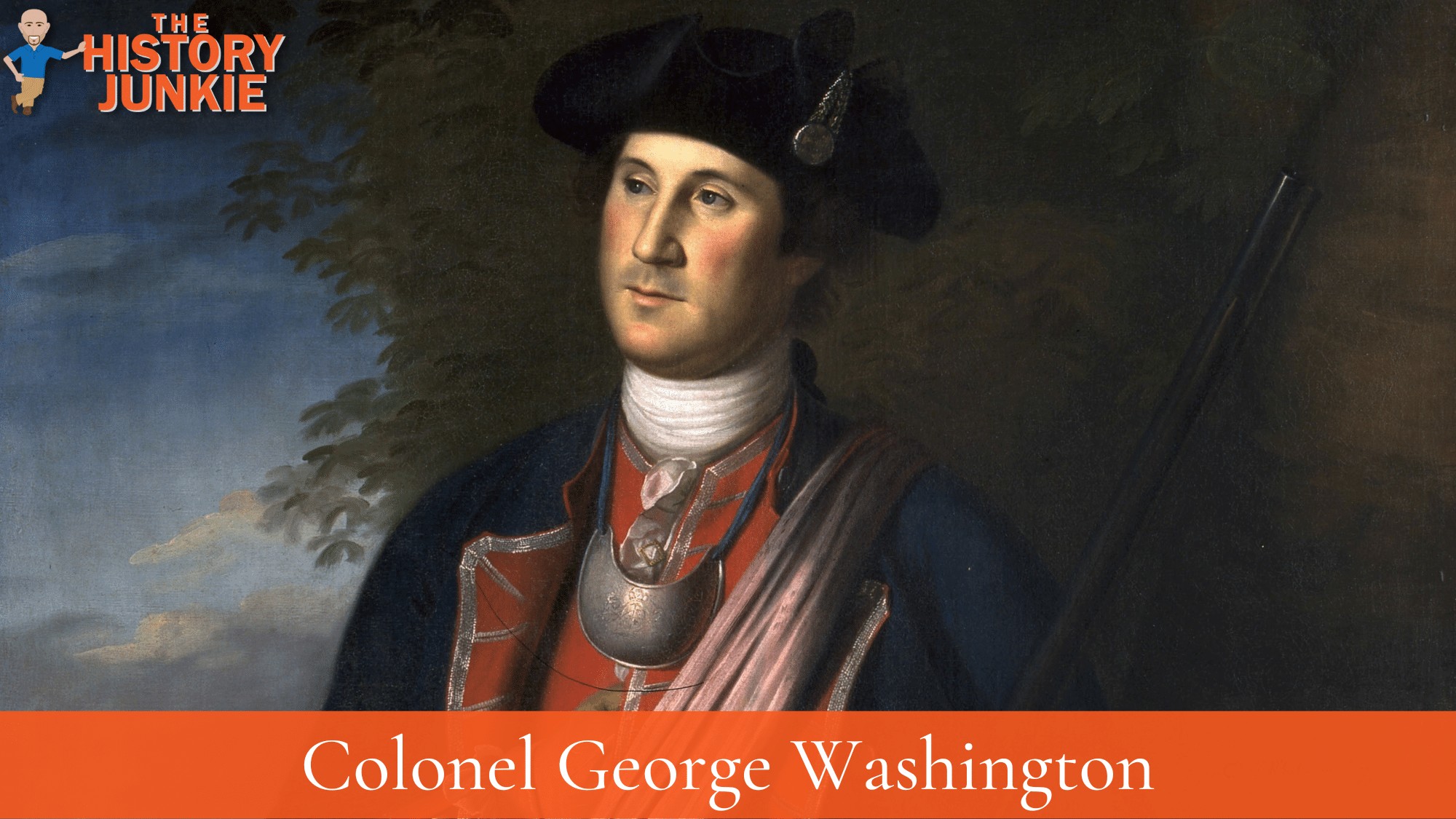
1. George Washington Started The War
George Washington had been dispatched to meet up with the French and deliver them a letter from the British government. The letter contained a threat from the British, telling the French they needed to leave the area because it had been claimed by the British.
Washington delivered the letter at Fort Le Boeuf to Jacques Saint-Pierre, who told Washington he would not leave the area since the French had claimed the land centuries earlier when the famous explorer Robert La Salle had navigated the Ohio Valley.
Washington left the fort and began to travel back to Virginia Colony to deliver the message. Along the way, he would get into a skirmish in what became the first conflict of the war.
Washington, along with Seneca ally and half-chief Tanacharison, approached a French encampment. On May 28, 1754, the 22-year-old Washington engaged the French in what became known as the Battle of Jumonville Glen.
Word spread of the conflict, and soon the nations were at war.
2. The Braddock Expedition Was A Complete Failure
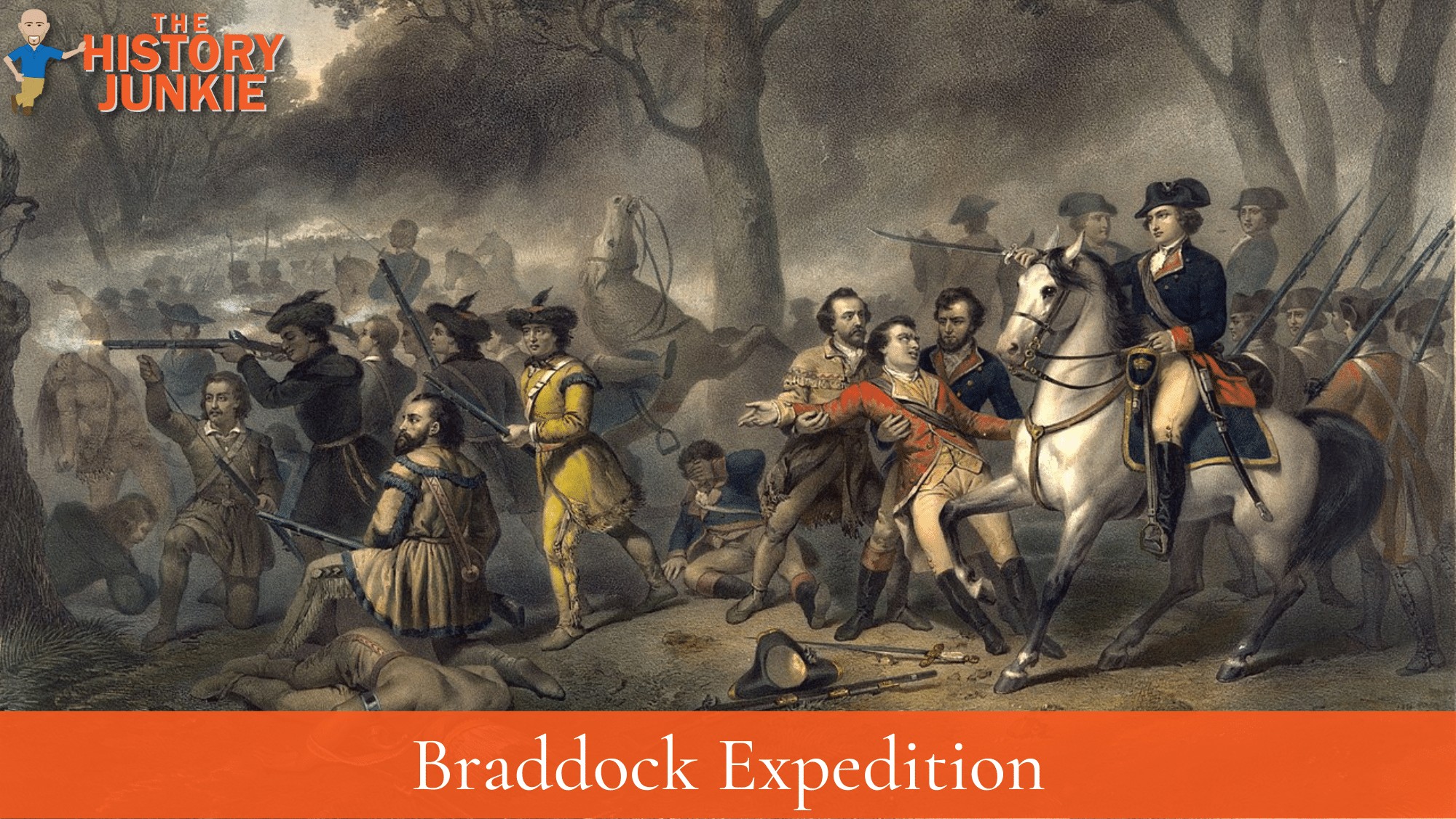
The war did not begin well for the British.
General Edward Braddock took command of the British Army and began his march to Fort Duquesne. Along the way, he was ambushed by the French and their Indian allies. They attacked from behind trees and not in open formations as Braddock was familiar with in Europe.
Braddock was killed, and it fell upon Colonel George Washington and Thomas Gage to organize a retreat.
Colonel Washington, although he had no official position in the chain of command, was able to impose and maintain some order and formed a rear guard, which allowed the remnants of the force to disengage.
The British losses were staggering at that time, with 456 killed and 422 wounded.
3. Benjamin Franklin Created The Join Or Die Cartoon
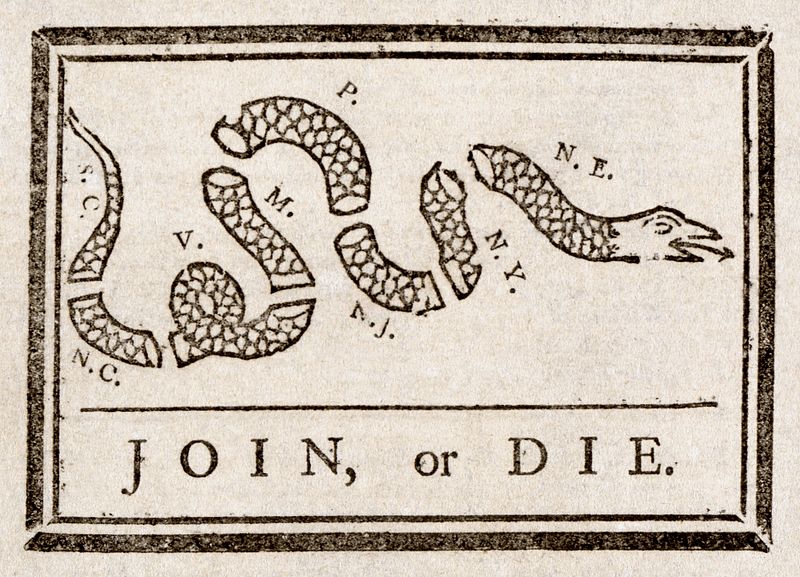
Benjamin Franklin was a well-known printer at the time of the French and Indian War. At the time, he was a loyal British subject and wanted the colonies to unite behind their mother country.
He created the Join or Die cartoon, which depicted a snake cut into eight parts that represented all the colonies, with the exception of Georgia.
This piece of propaganda would become the most popular piece of propaganda in the colonies until the American Revolutionary War, 20 years later.
4. The French Adopted A Guerilla Style From The Indians
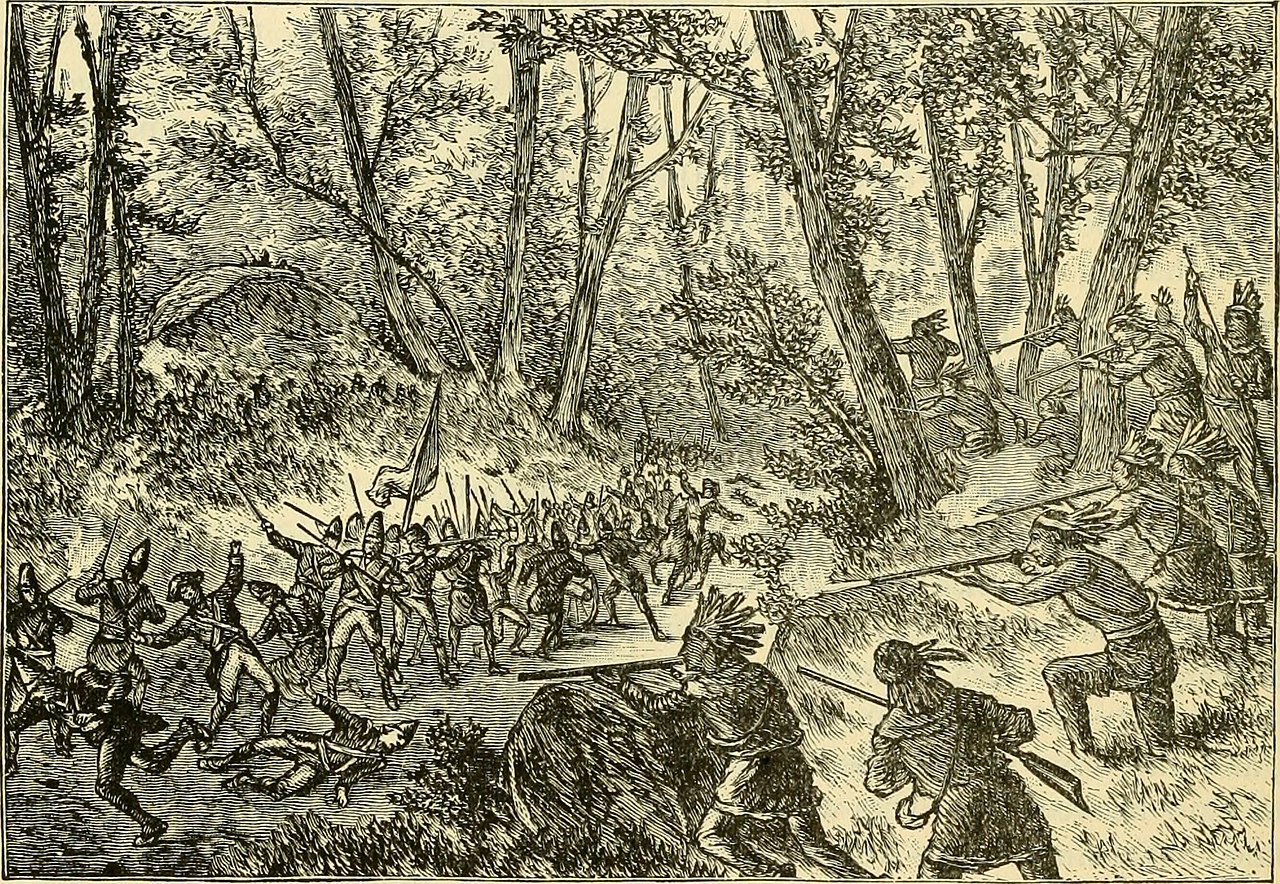
The French adopted a different style in the New World than they had taken in the Old World. They used Guerilla warfare and hid behind trees, made quick attacks, and then faded away.
This was a change from the Old World, which would line up in columns and fire volleys. The reason they fought in those columns was due to how inaccurate the muskets were. Lining up in columns, it allowed them to create a wall of musket ball fire.
During the Braddock expedition, the French still utilized volleys but adapted them to be used behind trees. They still understood how inaccurate these muskets were.
This guerilla-style fighting would be improved on during the American Revolutionary War with the rifle.
5. The British Had An Inherited Advantage Over The French
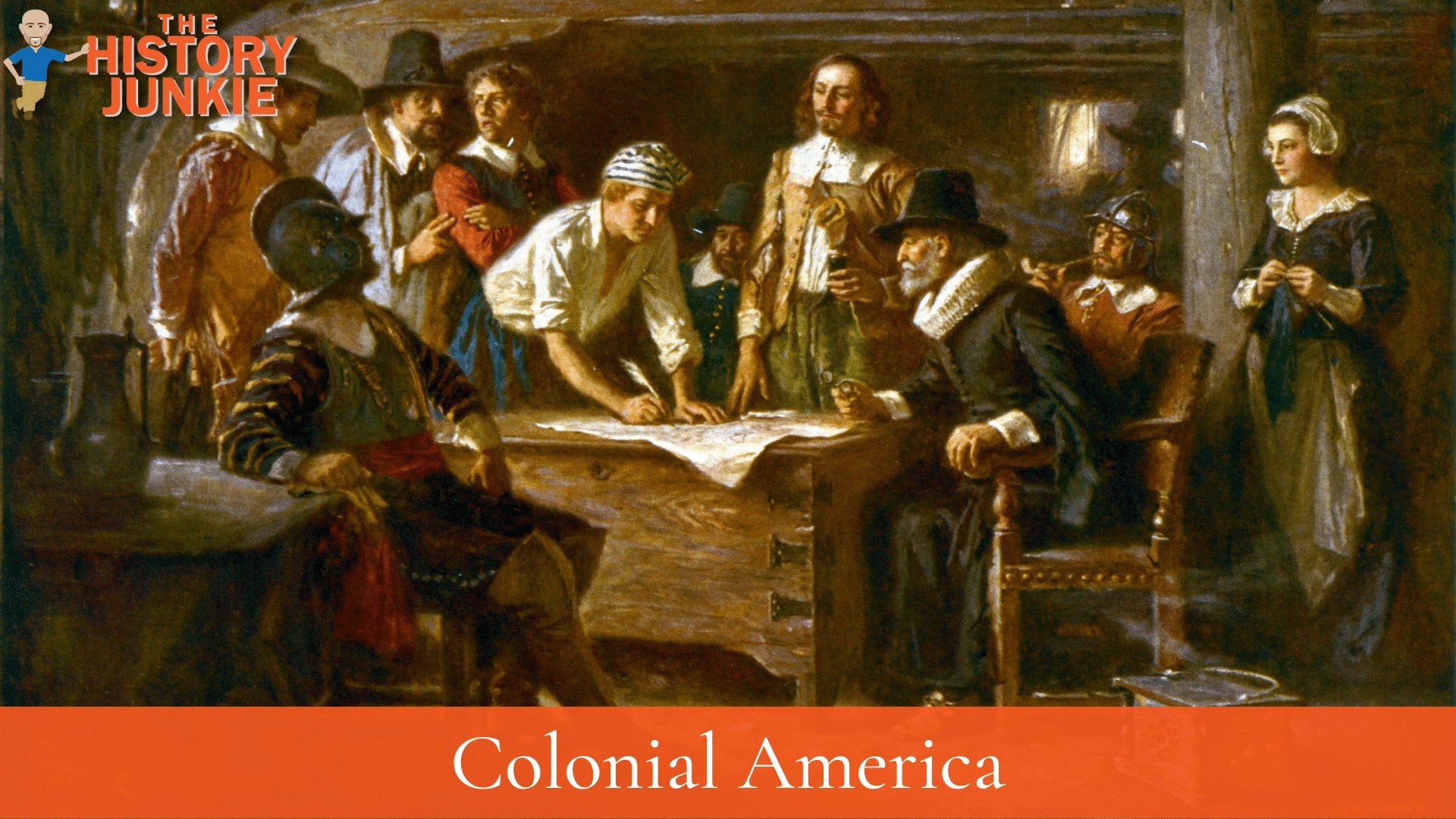
Despite the new tactics used by the French and their allies, the British maintained a large advantage over the French, and that was the colonists.
The population of British colonists compared to French colonists was 20 - 1. These colonists had fought against the various Indian tribes and against them. They had lived among them and were more familiar with their ways.
The British had also invested in the colonists and had developed communities, while the French were more isolated and were fur traders. The colonists had developed the land and created exports that made Britain wealthy.
6. The Siege Of Fort William Henry Was A Turning Point
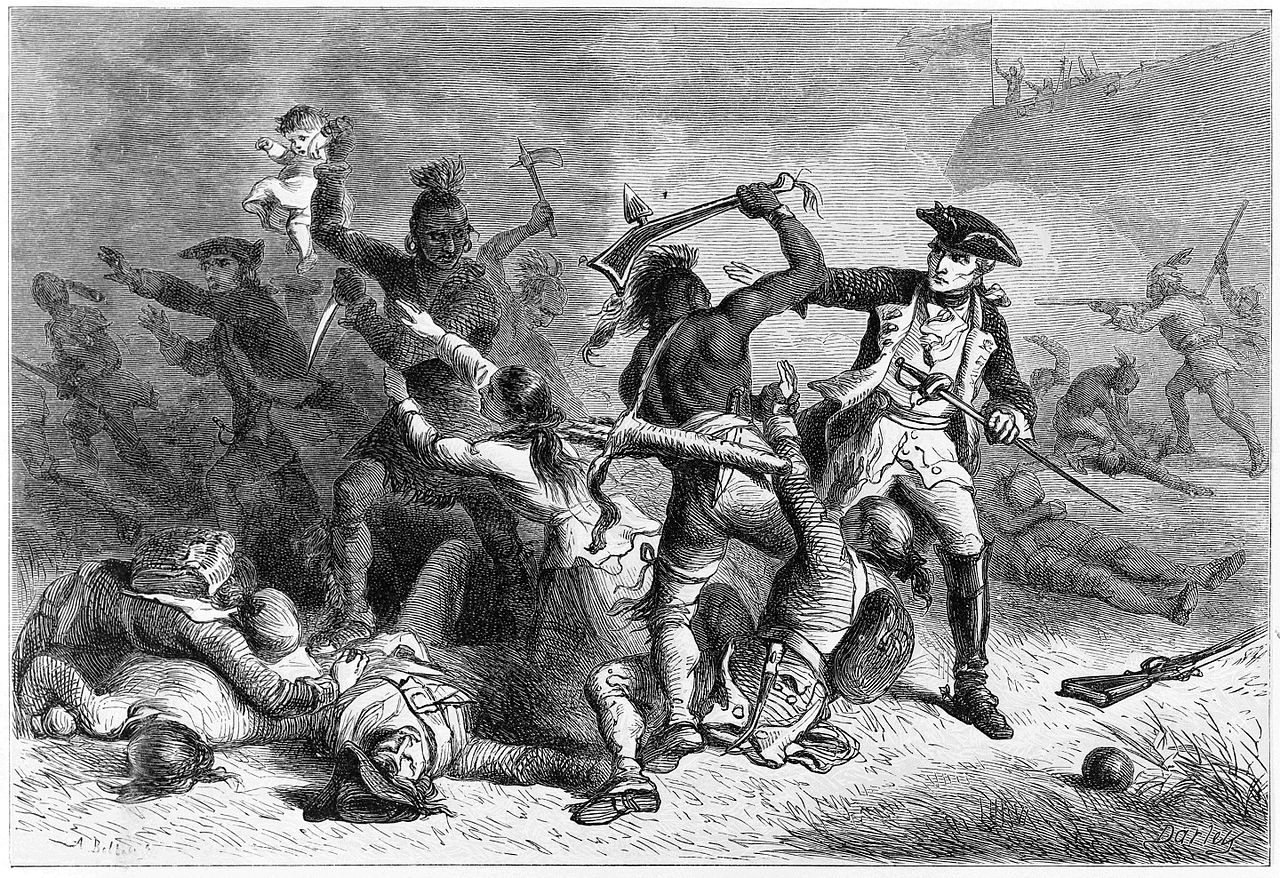
War was always brutal, but in the European war during the 18th century, there were rules that most abided by.
One such rule is that when someone surrenders, you capture and not kill them. The Native Americans did not follow this rule, and after the French and Indian victory at Fort William Henry, natives massacred around 200 surrendering British.
This changed the actions of the British commander Jeffrey Amherst throughout the rest of the war and damaged the Native American reputation.
The British became more aggressive, and the memory of the massacre stayed with them. As the British gained the upper hand, they would reject the terms of surrender given by the French.
7. The Battle of Quebec Ended The War
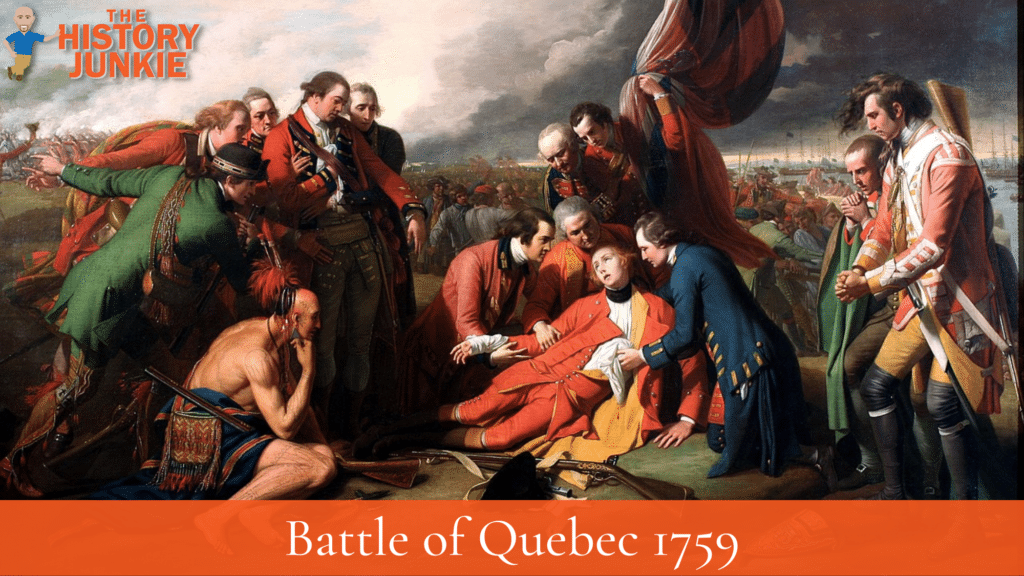
The Battle of Quebec would be the decisive battle that decided who would control the North American continent.
After a long siege by the British, the French attacked the British, but the British had learned new tactics and implemented them against the pursuing columns. These tactics would be effective against the French and would give the British the upper hand.
Both the commanding Generals James Wolfe of the British and Louis Montcalm of the French would die of wounds received from the battle.
The next spring, the French would launch another attack on Quebec to try and retake it, but they would be unsuccessful.
8. The French and Indian War Would Cause The American Revolution
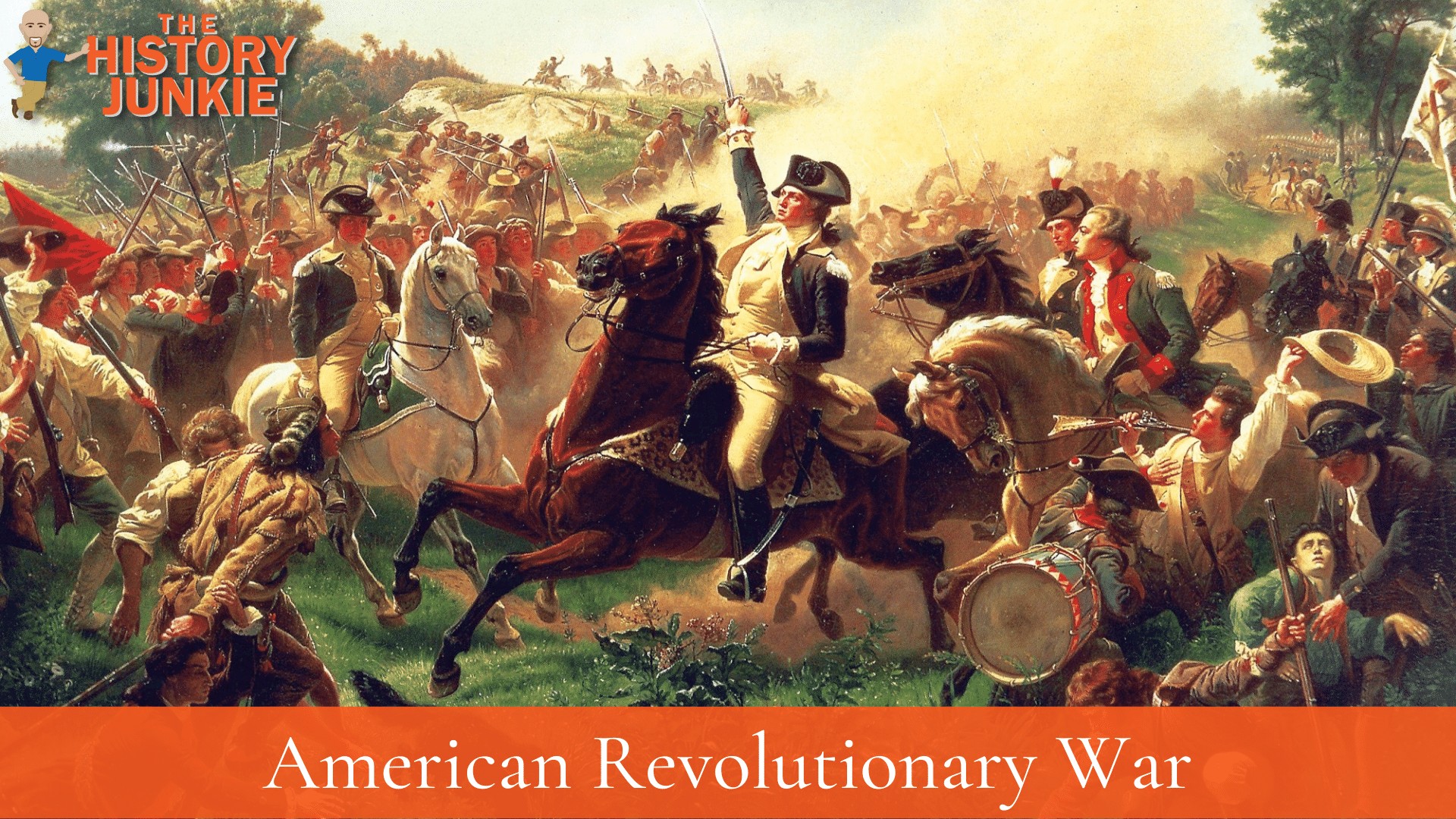
After the British victory over the French in the French and Indian War, the British had to pay off a large debt that they had accrued due to the war. In order to receive more revenue, they began to tax the colonies, which had never been taxed prior.
This would enrage the colonies as they believed if they were going to be taxed they deserved to be represented in Parliament.
A number of acts were put into place, such as the Sugar Act, Stamp Act, Townshend Acts, and eventually the Intolerable Acts. Each of these acts would be met with more and more hostility and would eventually lead to the Boston Massacre, the Boston Tea Party, and, eventually, the Revolutionary War.
